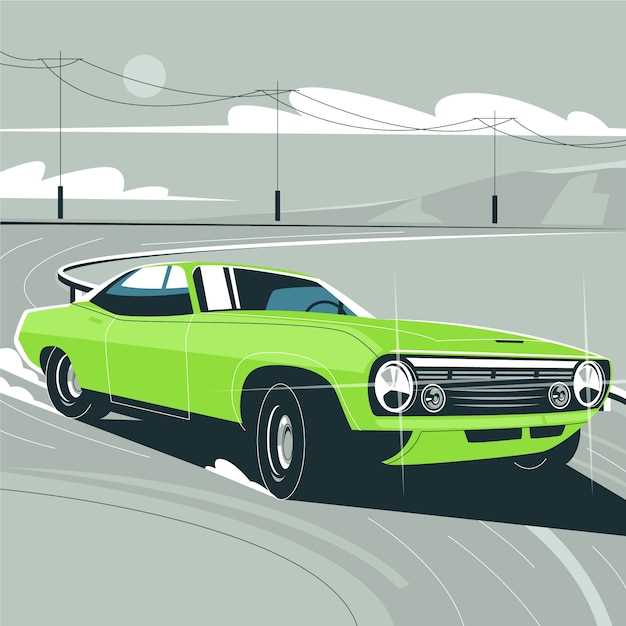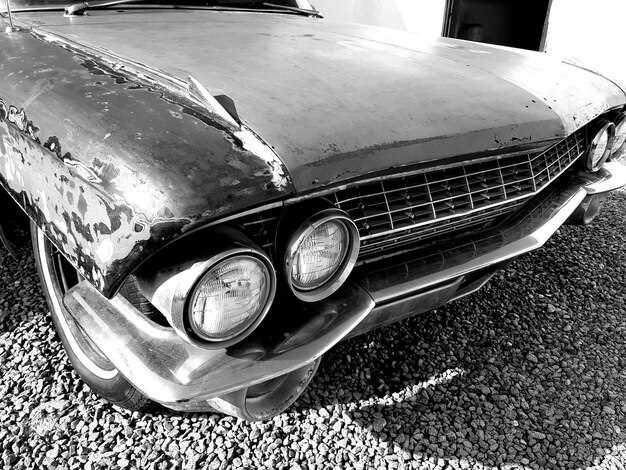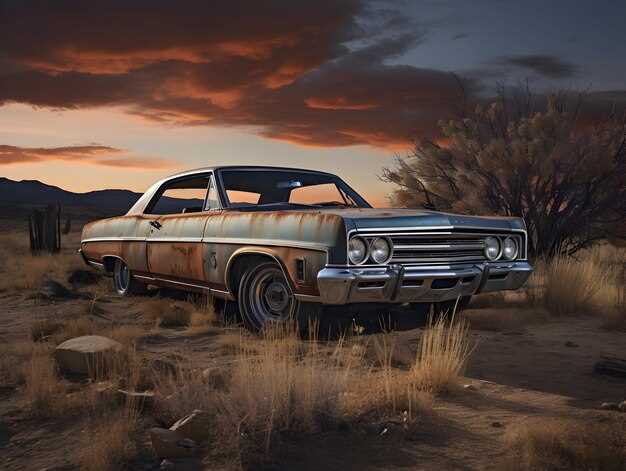
The Ford Torino stands out as one of the most compelling yet often overlooked entries in the classic muscle car genre. Introduced in the late 1960s, the Torino was designed to compete with the likes of other iconic American muscle cars, yet it remains a hidden gem in many car enthusiasts’ eyes. Its combination of stylistic appeal, robust engineering, and performance capabilities make it a worthy candidate for any classic car collection.
At its core, the Torino encapsulates the essence of what a classic muscle car should be. From its aggressive stance to its powerful engine options, it offers a driving experience that resonates with both nostalgia and excitement. Despite its potential, the Torino often plays second fiddle to more popular models like the Mustang and Camaro, leaving its merits largely unrecognized. This article aims to shed light on why the Ford Torino deserves a place in the spotlight, celebrating its legacy as a quintessential muscle car of its time.
From its sleek design to its performance innovations, the Torino not only reflects the automotive trends of the era but also paved the way for future muscle cars. By exploring its history, specifications, and cultural significance, we invite you to discover why the Ford Torino is much more than just an underrated classic – it is a symbol of American automotive ingenuity and passion.
Ford Torino: The Underrated Classic Muscle Car

The Ford Torino, introduced in the late 1960s and peaking in popularity during the 1970s, is often overshadowed by more famous muscle cars. However, it stands as a significant contender in the automotive landscape of its time. With a bold design and powerful performance, the Torino captured the spirit of the era while offering a unique blend of style and substance.
Equipped with a range of engines, including the robust 429 Cobra Jet, the Ford Torino delivered impressive horsepower that appealed to muscle car enthusiasts. This model was not only built for speed but also designed for comfort, making it suitable for both daily driving and weekend drag racing. Its spacious interior and solid construction provided a reliable experience, further solidifying its reputation among drivers.
During the 1970s, the Torino became synonymous with American automotive culture, often featured in popular media, including films and television series. Despite its impressive credentials and solid following, the Torino has received less recognition compared to its contemporaries, such as the Chevrolet Camaro and Ford Mustang. This lack of visibility has led many enthusiasts to regard the Torino as an underrated classic, deserving of more appreciation and acknowledgment.
As the years have passed, the Ford Torino has become a sought-after model among collectors, celebrated for its classic lines and performance capabilities. Restorations and modifications have breathed new life into the Torino, allowing it to shine among classic muscle cars. For those looking to embrace a piece of automotive history that offers both character and performance, the Ford Torino is an excellent choice, showcasing the essence of 1970s muscle cars.
Key Features That Set the 1970s Ford Torino Apart

The 1970s Ford Torino stands out in the muscle car era due to its innovative design and impressive performance capabilities. One of the most significant aspects is its versatile engine options. Buyers could choose from a range of powerful V8 engines, including the iconic 429 Cobra Jet, which delivered exceptional horsepower and torque, solidifying the Torino’s reputation on the drag strip.
Another defining feature is its distinctive styling. The Torino showcased a sleek, aerodynamic silhouette that was both modern and aggressive. With bold lines and a wide stance, this car turned heads and earned a place in automotive history. The available sport deck lid and optional stripes added a touch of flair, making it visually appealing to muscle car enthusiasts.
The interior of the 1970s Torino was designed for comfort and functionality. Spacious seating arrangements and high-quality materials provided a pleasant driving experience. Features like an optional AM/FM radio and air conditioning elevated the Torino’s appeal, allowing it to compete with other contemporary vehicles in terms of luxury and technology.
Lastly, the handling and driving dynamics of the Torino were noteworthy. Equipped with a well-tuned suspension system, it offered a balanced ride that enhanced both stability and cornering performance. This made the Ford Torino not only a powerful muscle car but also a practical choice for everyday driving in the 1970s.
Restoration Tips for Ford Torino Enthusiasts
Restoring a Ford Torino, particularly models from the 1970s, can be a rewarding yet challenging endeavor. These classic muscle cars have a dedicated following, and restoring them to their former glory requires careful attention to detail. Here are essential tips for enthusiasts ready to embark on this journey.
- Research Your Model: Understand the specific year and trim of your Torino. Each variant has unique features and specifications that can affect the restoration process.
- Gather Documentation: Collect manuals, wiring diagrams, and service records. Resources like the Ford Torino Registry can provide valuable insights.
- Assess the Condition: Before starting any work, evaluate the car’s overall condition. Look for rust, frame integrity, and engine condition to develop a comprehensive restoration plan.
When restoring, it’s crucial to focus on the following areas:
- Bodywork:
- Address rust issues promptly with proper treatment methods.
- Consider replacing panels if they are beyond repair.
- Engine and Transmission:
- Decide whether to rebuild the original engine or swap in a more powerful option.
- Ensure that all components such as the transmission and differential are functioning correctly.
- Interior Restoration:
- Replace worn upholstery and carpets to maintain authenticity.
- Upgrade the sound system while preserving the classic feel of the cabin.
In addition, don’t overlook these restoration tips:
- Use Quality Parts: Opt for OEM or high-quality aftermarket parts to ensure durability and performance.
- Join a Community: Engage with fellow Ford Torino enthusiasts online or at local car shows. They can offer invaluable advice and support throughout your restoration.
- Document the Process: Keep a detailed record of your restoration. This not only tracks progress but can enhance the vehicle’s value over time.
Restoring a Ford Torino is a labor of love. With patience, dedication, and attention to detail, you can bring this underrated classic muscle car back to life, celebrating its heritage and power.
Market Trends for Buying and Selling a Ford Torino Today
The classic Ford Torino has become increasingly popular among collectors and enthusiasts in recent years. This muscle car, known for its unique style and performance, has seen a notable rise in value, making it an attractive investment opportunity.
Currently, the market for buying a Ford Torino is marked by several trends. First, there is a growing interest in well-documented, original condition vehicles. Buyers are often willing to pay a premium for examples that retain their factory specifications and features. Restoration projects are also sought after, but buyers prefer those with solid frames and minimal rust, indicating a genuine classic car candidate.
The availability of Ford Torinos has been fluctuating, leading to increased competition among buyers. Online auctions and classic car shows have become popular avenues for transactions, allowing sellers to reach a broader audience. Sellers who can effectively showcase their vehicle’s history and condition are often rewarded with higher offers.
As for selling a Ford Torino, price appreciation is evident, especially for rare models. Limited production runs and special editions command higher prices on the market. Sellers should be mindful of market fluctuations and current demand, ensuring they price their vehicles competitively yet fairly.
In conclusion, the market for Ford Torino remains vibrant, driven by passionate collectors and enthusiasts. Understanding these trends is essential for both buyers and sellers looking to navigate the world of classic cars effectively.












